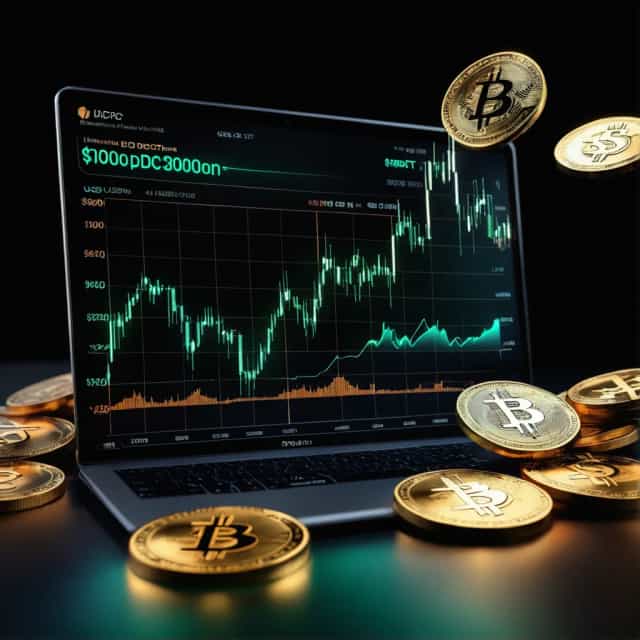
Image source: Block Media
India’s Finance Minister Pushes for Preparedness on Stablecoins Amidst Global Financial Evolution
India’s Finance Minister Nirmala Sitharaman has underscored the pivotal role of stablecoins in transforming global financial systems, urging nations to proactively address their implications. Speaking at the Kautilya Economic Conclave on October 3, Sitharaman highlighted the urgent need for nations to navigate the emerging stablecoin landscape, stating, “Whether ready or not, nations must prepare for stablecoins,” according to a report published by Crypto Times on October 4.
Stablecoins, a type of cryptocurrency whose value is pegged to fiat currencies like the U.S. dollar or tangible assets such as gold, represent a significant departure from traditional digital assets. In India, general virtual digital assets (VDAs), often classified as "private cryptocurrencies," are subject to taxation yet remain unregulated. Sitharaman’s remarks could signal the nation’s intent to reevaluate its current approach toward these burgeoning digital financial instruments.
India’s Historical Stance on Cryptocurrencies: Caution Meets Opportunity
India has long maintained a skeptical approach toward private cryptocurrencies, with the Reserve Bank of India (RBI) persistently advocating for a complete ban. Concerns over financial stability and potential misuse have fuelled this caution. However, the Indian government and the RBI have continued to experiment with emerging financial technologies, most notably the ongoing pilot of a central bank digital currency (CBDC).
During her address, Sitharaman emphasized that stablecoins are reshaping capital movement and the global financial architecture. “Innovations like stablecoins are altering the movement of capital and the financial architecture. Nations face a choice: adapt to new monetary systems or risk obsolescence,” she stated. Her comments reinforce the importance of maintaining strategic agility and safeguarding monetary sovereignty as global financial innovations accelerate.
Calls for a Defined Policy Amid Expert Warnings
The Finance Minister’s position aligns with a growing chorus of expert voices advocating for clarity in stablecoin policy. In September, G. Padmanabhan, former executive director of the RBI, emphasized the urgency of addressing stablecoins as distinct from general cryptocurrencies. “Stablecoins are inherently different in nature from general cryptocurrencies. A clear stance needs to be formulated promptly,” he remarked.
Padmanabhan also stressed the importance of monitoring international trends, particularly given the U.S.’s advances in digital monetary systems. For India, staying aligned with global developments while carving out its own regulatory framework may be essential to both safeguard financial autonomy and participate meaningfully in the evolving digital economy.
Global Implications of Stablecoins on Capital Flows
Stablecoins’ rise is reshaping international financial systems, offering a sense of stability akin to fiat currencies. By achieving price stability, these digital assets are increasingly attractive for facilitating international capital flows. As their adoption accelerates, global regulators are closely scrutinizing them, given the potential systemic risks they may pose compared to traditional cryptocurrencies.
India’s evolving viewpoint on stablecoins reflects their growing importance in global markets. Sitharaman’s acknowledgment of stablecoins’ disruptive potential signals the increasing likelihood that India will align domestic financial policies with the realities of the digital economy. Notably, this shift mirrors international trends, as policymakers worldwide are navigating the fine line between enabling innovation and mitigating risks to financial stability.
A New Financial Paradigm
As stablecoins continue to redefine the structure of the global economy, India stands at a crossroads. Sitharaman’s remarks suggest an openness to revisiting India’s regulatory framework to embrace these innovations while ensuring financial safeguards remain intact.
The nation’s ability to respond effectively to these challenges will likely shape its role in the emerging digital monetary ecosystem. With stablecoins driving a new epoch of financial flows, India’s proactive engagement may position it as a key player in the global financial restructuring underway. For policymakers, the road ahead is clear: adapt to the rapidly evolving realities of stablecoins or risk falling behind in the new digital order.










